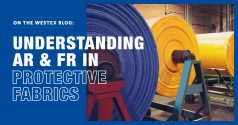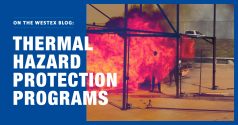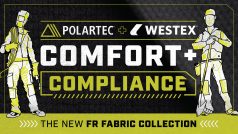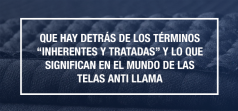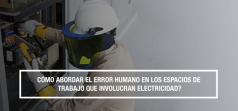For more than 70 years, we have made leading innovative flame-resistant (FR), arc-rated (AR) fabrics that serve a variety of industrial and technical industries. We engineer our fabrics from the inside out to guarantee their flame-resistant properties for the life of the garment—where many competing fabrics cannot make the same claim.
By now, you know how much we stress sourcing the FR/AR fabric used in your daily wear or PPE garments. It’s important to know who makes the fabric, how the fabric performs in a battery of industry tests and, most importantly, how it performs on the job. It’s not enough to simply know it’s NFPA® 2112-certified or if it provides Category 2 protection according to NFPA® 70E, for example; you need to know and trust in the fabric brand itself.
We are firm believers in this approach for one simple reason—it’s what’s right for our customers and end users.
Descargar

